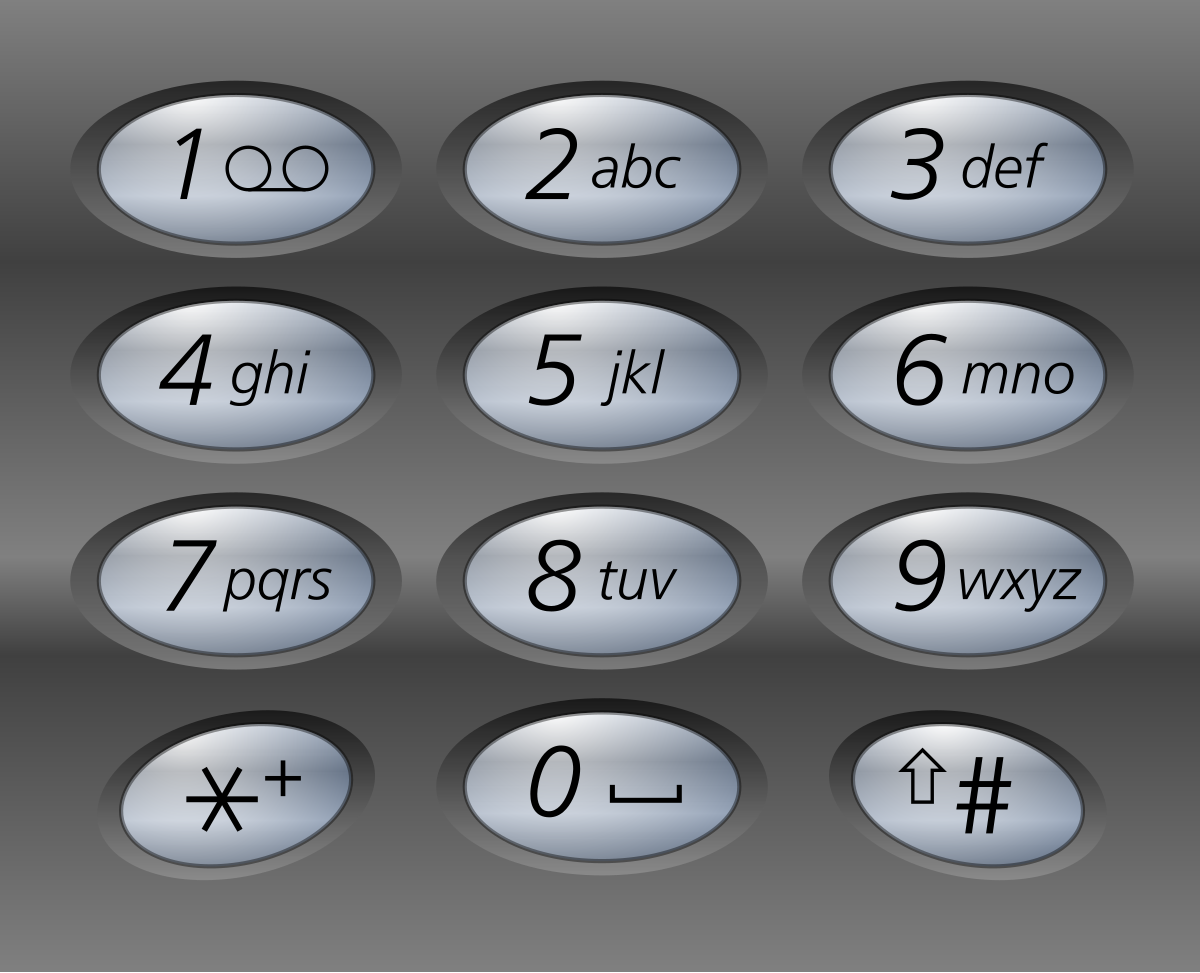Given a string containing digits from 2-9 inclusive, return all possible letter combinations that the number could represent. Return the answer in any order.
A mapping of digits to letters (just like on the telephone buttons) is given below. Note that 1 does not map to any letters.
Example 1:
Input: digits = "23"
Output: ["ad","ae","af","bd","be","bf","cd","ce","cf"]
Example 2:
Input: digits = ""
Output: []
Example 3:
Input: digits = "2"
Output: ["a","b","c"]
Constraints:
- 0 <= digits.length <= 4
- digits[i] is a digit in the range ['2', '9'].
Problem can be found in here!
Solution: Recursion
class Solution:
def letterCombinations(self, digits: str) -> List[str]:
self.digit2letter = {"2": "abc", "3": "def", "4": "ghi", "5": "jkl",
"6": "mno", "7": "pqrs", "8": "tuv", "9": "wxyz"}
output_list = []
if digits:
self.dfs(output_list, digits, 0, [])
return output_list
def dfs(self, output_list: List[str], digits: str, index: int, tempt: List[int]):
if len(digits) == index:
output_list.append("".join(tempt))
return
for letter in self.digit2letter[digits[index]]:
tempt.append(letter)
self.dfs(output_list, digits, index+1, tempt)
tempt.pop()Time Complexity:

